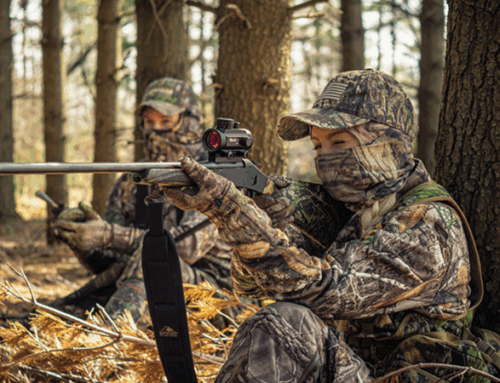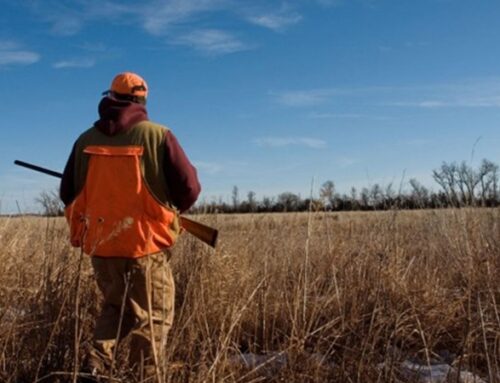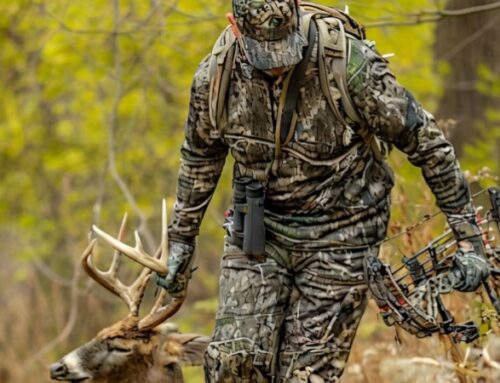Waterproof hunting clothes are designed to extend the hunting experience when hunting in wet conditions by keeping the body as dry and comfortable as possible. In dry weather, this type of clothing has more or less the opposite effect – especially if there is physical activity involved.
Keeping the body dry during physical activity such as hunting is not only a question of keeping the rain out. It is equally important to let perspiration away from the body. Waterproof clothes able to keep the rain out and let moist and excessive body heat out are called “breathable.”
So when choosing waterproof hunting clothes, it is crucial to go for the best quality and design.
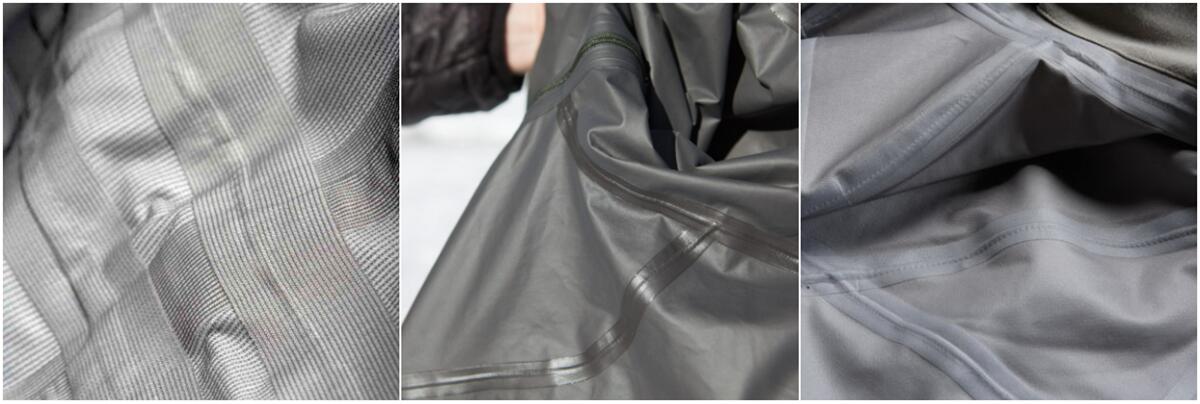
Types of waterproof hunting clothes
100% waterproof hunting clothes are impenetrable to water and moist. Breathable waterproof hunting clothes, on the other hand, allow moisture to escape through the fabric and hybrid clothes utilize both 100% waterproof and breathable fabrics in different combinations.
Sometime during the 18th-century, seamen and fishermen found ways to waterproof canvas clothes using remedies like linseed oil, tar, wax, and paint. These hunting clothes were fairly waterproof and must have been a great improvement during long watches on deck in foul weather.
Since then, more modern types of 100% waterproof hunting clothing have been developed using rubber and synthetics. The disadvantage of impenetrable clothing like that is, of course, that it doesn’t allow the body moisture to escape. Therefore, physical activity will leave the wearers increasingly soaked by their own perspiration.
Breathable hunting clothes are a newer invention. It was nothing short of a technical revolution when the breathable membrane was invented in 1969 by the founder of the company known today as Gore-tex. The membrane – which is made from stretched Teflon (PFTE) – is filled with microscopic holes. These holes are small enough to effectively block the smallest droplets of water and thus keeping rain out yet large enough to allow moist in the shape of water vapors to pass. Today there are several different types of micro-porous waterproof membranes made from different synthetic materials.
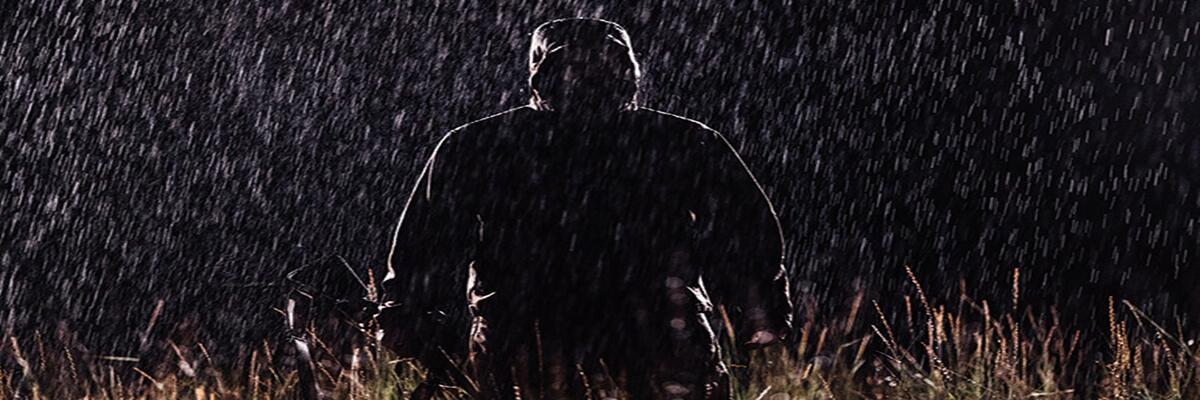
How waterproof are breathable membranes?
None of the breathable membranes are 100% waterproof, nor were they designed to be. A membrane’s ability to hold liquid water out is measured in water pressure, typically expressed in how many mm of water in a column it takes to penetrate the membrane.
There are standardized methods to measure membranes’ waterproof rating, and it is common practice to have independent labs do the testing. An example: Most of the different membranes of Gore-Tex have a waterproof rating of 28.000 mm.
That means that when a 1-inch-diameter tube is placed over a piece of the membrane material, these membranes will hold water out if you fill the tube with water up to a height of 28.000 mm, before the water pressure presses the water through.
The big challenge under more realistic hunting conditions is pressure points on the clothes’ surface when the bearer is kneeling, sitting, falling, or even under the shoulder straps of a heavy backpack. Whenever the water pressure exceeds the membrane’s rating, water will seep through.
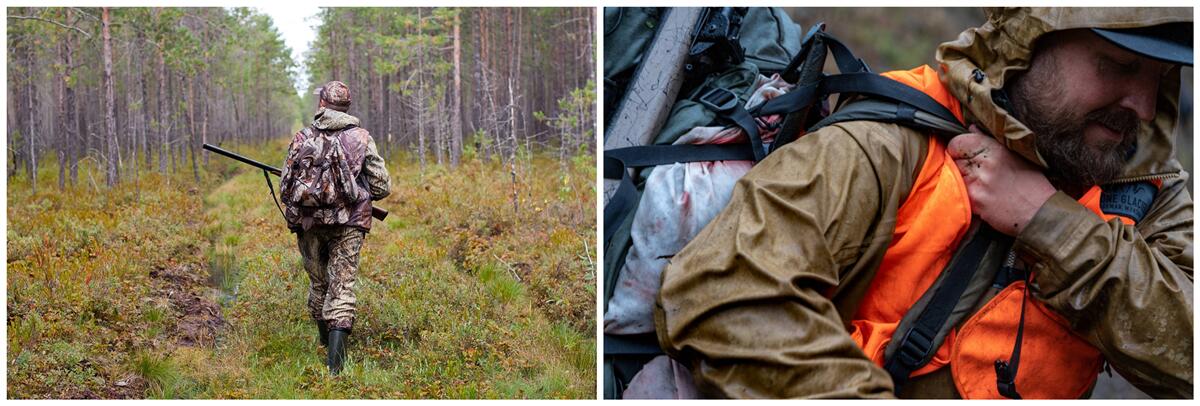
How breathable are breathable membranes?
Unfortunately, there is no universal standard for measuring the breathability of membranes. Most manufacturers typically state how many grams of water vapor per square meter of the membrane can escape through the membrane in 24 hours. To fairly compare breathability between different membranes, they obviously need to be tested by the same method.
Another way to rate breathability is “resistance to evaporative heat loss (RET)” – it is basically a measure of the amount of energy needed to evaporate water through the membrane. The lower the RET rating, the better is the breathability.
To complicate matters further, it is not only the membrane that determines the breathability of a garment. In reality, atmospheric conditions – especially temperature and humidity – has a huge impact on actual breathability.
In cold weather with relatively low humidity, any membrane’s breathability is much better than under humid and warm weather conditions. The clothes’ technical design also plays a role – including the specifications of everything else than the membrane itself and physical details such as vents in armpits and on thighs all play a large role in the overall breathability of clothes.

The art of compromise
The technical evolution of breathable waterproof membranes is constantly accelerating. However, it is still a general rule that better breathability goes hand in hand with less ability to keep water out and vice versa. When choosing clothes for hunting, it is obviously also important to consider other factors such as noise level and functionality in relation to the type of hunting it is intended for.
If the method of hunting is very physical, it might be the best strategy to take the jacket off when moving. If it is not practical to take the jacket off, one should definitely go for clothes with maximum breathability ratings. Strategically placed vents make a huge difference.
If, on the other hand, the hunter primarily wants to be protected against rain while waiting, breathability is less important. Not surprisingly, the most technically advanced and versatile products are considerably more expensive than less efficient solutions.
Membranes with waterproof ratings of 10,000 to 15,000 mm are capable to keep the water out under typical weather and activity conditions. The more physically demanding the hunt is – and the longer the hunter is exposed to the rain – the more important the waterproofing becomes.

Standing still in the rain during a driven hunt is not nearly as big a challenge to waterproof hunting clothes as climbing mountains or carrying a heavy backpack. The same goes for breathability. Better breathability ratings equal more versatile clothes.
When choosing waterproof hunting clothes, it is crucial to go for the best quality and design. If the clothes are designed for other activities than hunting, it typically lacks the functional details needed on the hunt: it might not offer the freedom of movement necessary for good shooting, and it is rarely designed for silence. It, therefore, makes a lot of sense to choose waterproof hunting clothes that are specifically designed for hunting…
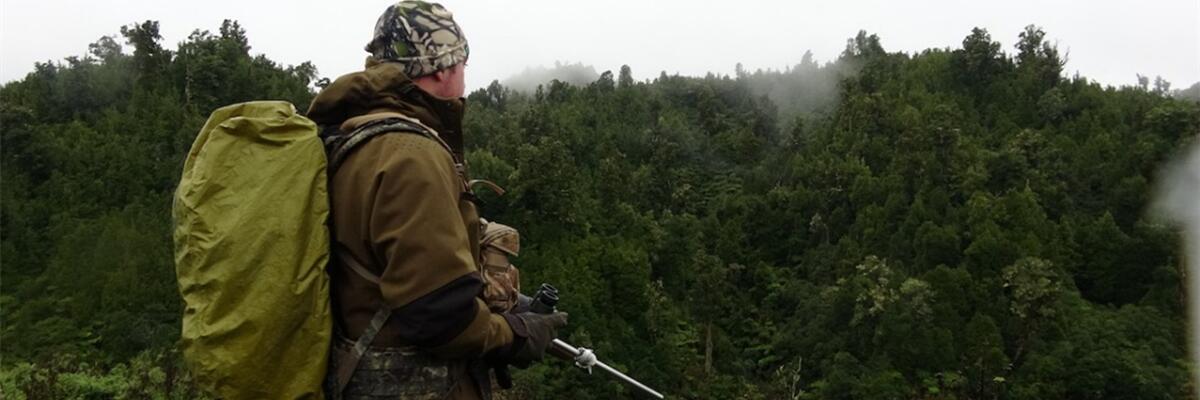
If you are still worried about how your brand selects waterproof hunting clothes to meet the market demand, or do not know how to realize the functions and designs that have been understood but cannot be perfectly realized, please contact us. Our team has 15 years of experience in independent development and production of waterproof hunting clothes. After our detailed communication, our designers can always give you the best design solution, and the waterproof hunting clothes technology center will also let you see the perfect samples.
Choosing us is equivalent to choosing a complete supply chain, because we also have our own two wholly owned factories, so that you can observe all the progress and quality from design to production. You are welcome to inquire.


